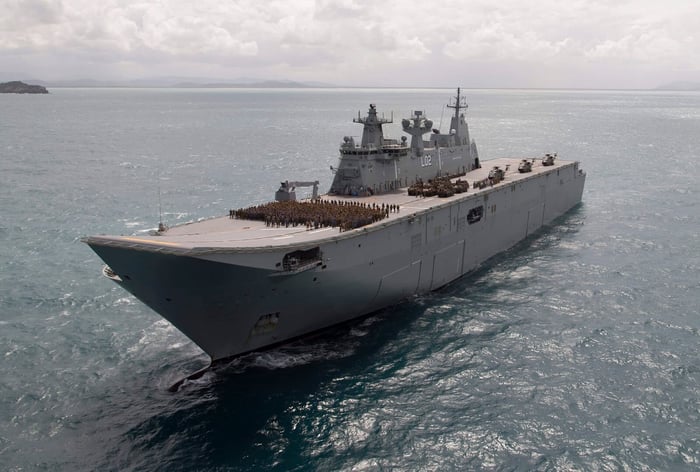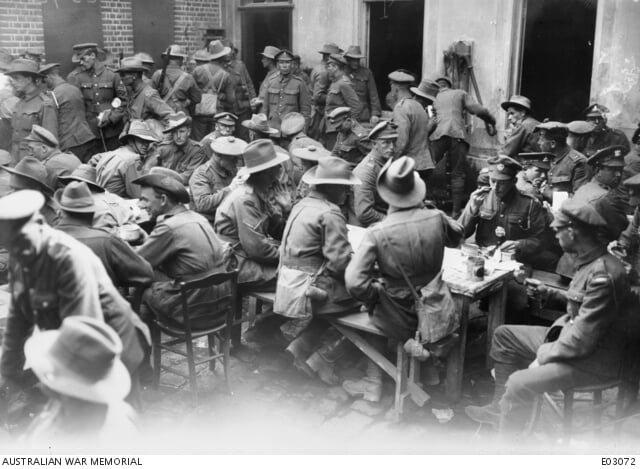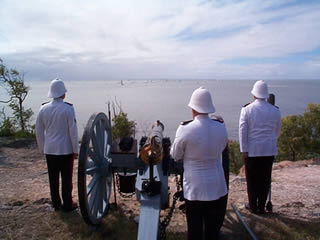
New Amphibious Capability
Australia’s newest military capability, the Amphibious Ready Element, has demonstrated its capacity in waters off the North Queensland coast during the Sea Series of exercises.
Conducted by the Brisbane-based Deployable Joint Force Headquarters, under command of Major General Stuart Smith, the Sea Series of exercises enabled the amphibious force to achieve an interim operational capability.
The Sea Series of exercises involved about 1100 embarked forces and crew on board HMAS Canberra with medium lift helicopters, landing craft and small boats, trucks, troop carriers and other vehicles. Just the sought of exercise that requires top notch Field Gear.
The embarked force included major elements from the 2nd Battalion, the Royal Australian Regiment, and 5th Aviation Regiment supported by HMAS Stuart, Air Force assets as well as other government agencies.
MAJGEN Smith said this capability would enhance the defence of Australia and support our strategic interests in the region.
“The amphibious force has been tested in scenarios that reflect tasks that the Australian Government may direct in response to local and regional emergencies,” he said.
Commander of the Amphibious Task Force, Captain Jay Bannister, RAN indicated the importance of Exercise Sea Series.
“The training enabled a diverse and capable force embarked in HMAS Canberra, to learn how to operate as an Amphibious Joint Task Force.”
“The exercise also provided us with an opportunity to rehearse for future humanitarian assistance and disaster relief missions with the support of colleagues from the Department of Foreign Affairs and Trade and the Australian Federal Police,” CAPT Bannister said.
The team at Army Shop look forward to seeing how the ADF uses this new capability. We’ll keep you up to date on exercises and deployments.











